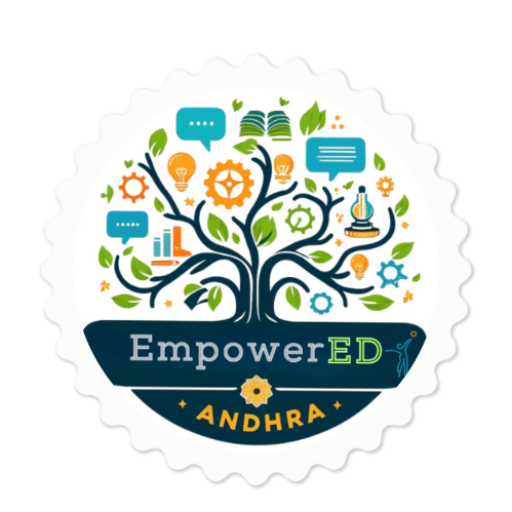Rock Candy Crystals: Exploring Crystallization
The Rock Candy Crystals Experiment is a fun and educational way to learn about crystallization, a fascinating natural process. By growing sugar crystals on a stick, students can observe how solids form from a supersaturated solution. This hands-on activity not only satisfies your sweet tooth but also connects textbook knowledge to real-world science in an engaging and memorable way. What is the Rock Candy Crystals Experiment? The Rock Candy Crystals Experiment involves dissolving sugar in water to create a supersaturated solution and then allowing the solution to cool and evaporate, forming beautiful sugar crystals on a stick. This process demonstrates the science of crystallization and how molecules arrange themselves in a structured pattern. What You’ll Learn Materials Needed To grow your own rock candy crystals, gather the following: Step-by-Step Instructions Step 1: Prepare the Sugar Solution Step 2: Cool the Solution Step 3: Prepare the Skewer or String Step 4: Set Up the Experiment Step 5: Wait and Observe What’s Happening? This experiment demonstrates the process of crystallization: 1. Supersaturation 2. Crystal Growth 3. Evaporation Scientific Explanation: Connecting to Textbooks For students in Class 6–9, this experiment ties directly to chemistry topics: Real-Life Applications Crystallization is a key process in nature and various industries: Extend the Experiment 1. Experiment with Different Solutions 2. Add Color 3. Compare Temperatures 4. Use Multiple Strings Frequently Asked Questions 1. Why do crystals form on the skewer? The skewer provides a rough surface for sugar molecules to attach to and begin forming crystals, a process called nucleation. 2. Can I eat the rock candy? Yes! Rock candy is safe to eat as it’s made from sugar, but ensure all materials used are food-safe. 3. Why does the solution need to cool before adding the skewer? Cooling allows the solution to reach supersaturation, ensuring better crystal growth. Why Try This Experiment? The Rock Candy Crystals Experiment is a fun way to learn about crystallization while creating a tasty treat. It’s perfect for: Share Your Rock Candy Creations We’d love to see your rock candy crystals! Share photos or videos of your experiment on social media with the hashtag #EmpowerEDCrystals to inspire others and get featured on our website. Conclusion The Rock Candy Crystals Experiment is a sweet and scientific way to explore crystallization. By connecting textbook concepts to a fun and interactive activity, students gain a deeper understanding of how molecules organize themselves to form solids—a principle that’s central to both nature and industry.
Rock Candy Crystals: Exploring Crystallization Read More »
